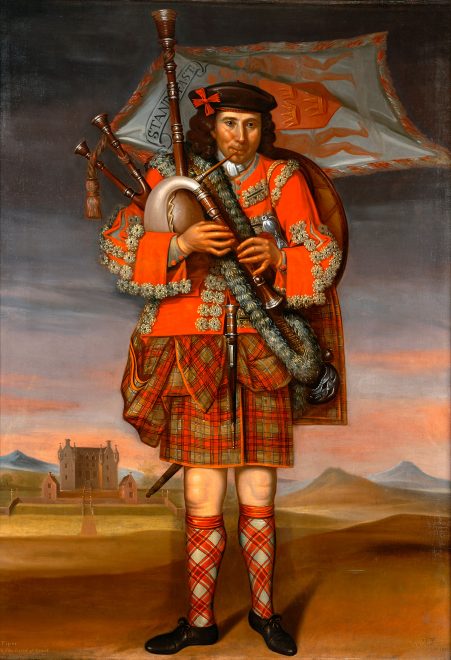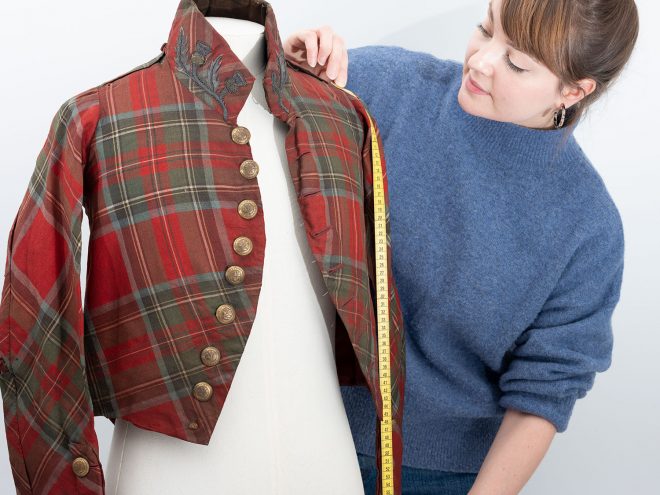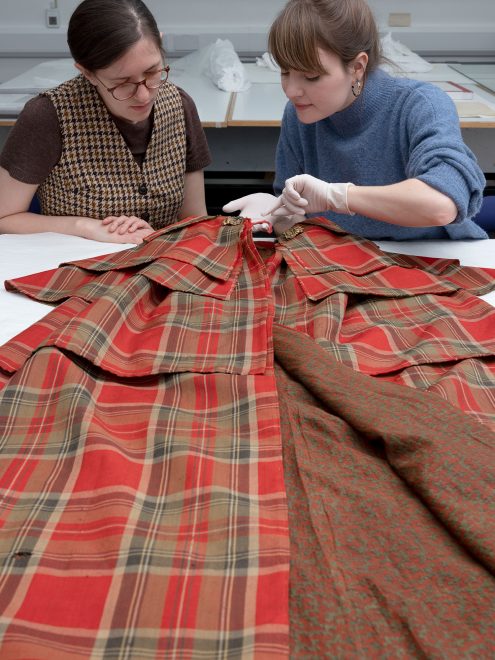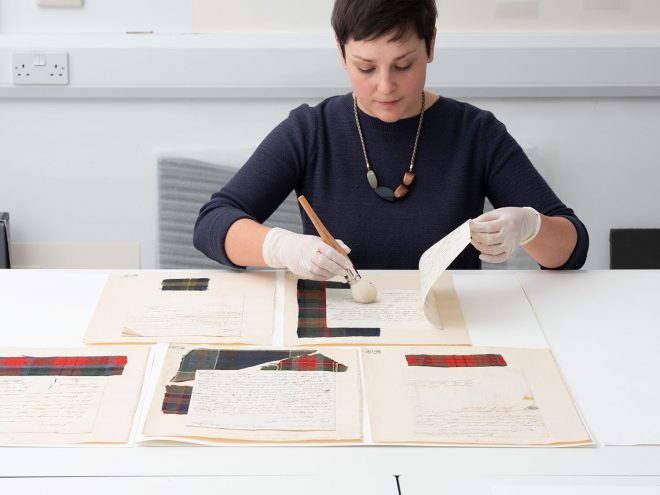This summer, a major new exhibition explores the traditions – such as tartan and Highland dress, bagpiping and heroic histories – that became worldwide shorthand for Scotland.
Wild and Majestic: Romantic Visions of Scotland, which opens on 26 June 2019, delves into how the Scottish Highlands became a subject of international fascination from the era of European Romanticism onwards.
The exhibition will explore how ideas about landscape, history and tradition merged during this period to become enduring symbols of Scottish identity against a backdrop of political controversy and swift economic and social change. The turbulent history of Highland dress, and its iconic affiliation with Scottishness during the Romantic era, is a key theme of the exhibition.

By the closing decades of the 18th century, Highland dress had managed to survive a ban on tartan clothing instituted across the Scottish Highlands after the Battle of Culloden. Due to the efforts of several influential Highlanders, wearers of tartan were able to overcome the taint of rebellion as the defeated Jacobite cause became romanticised and celebrated as part of Scotland’s heroic past.
Thanks to the generous support of the William Grant Foundation and Baillie Gifford, we have undertaken several new programmes of conservation of and research into our collection of Highland dress.
In preparation for the exhibition, Rosanne Waine, the William Grant Foundation Research fellow, is undertaking a two-year project to bring stories from the collection to life. Through studying the evolution of Highland costume and tartan fashion from the mid-18th to early 20th century, this project explores how such outfits became an integral part of displaying Scottish identity on a global stage.

Textile conservator Rosie Nuttall, funded by Baillie Gifford, has been preparing outfits from the Highland dress collection that will feature prominently in the exhibition. She has also assessed and devised treatments for an important new acquisition: a women’s hard tartan cloak lined with an exotic printed cotton.

in the exhibition.
Dating to around 1815, this stylish garment reveals how, despite its chequered past, tartan clothing had entered the mainstream of British fashion by the early 19th century.
However, the romantic image of Scotland explored by the exhibition extends beyond the distinctive silhouette cut by those wearing traditional Highland garb. Emma Davey, the Baillie Gifford paper conservator, has been working to conserve a variety of letters, bound volumes and coloured engravings that shed light on the social, cultural and economic history of Scotland’s journey through the Romantic era. This has included the conservation of early 19th-century correspondence belonging to tartan weaving company Wilsons of Bannockburn, once a major supplier of Scottish tartans to customers around the world.

Wild and Majestic: Romantic Visions of Scotland is on at the National Museum of Scotland from 26 June–10 November 2019. Find out more at www.nms.ac.uk/wildandmajestic